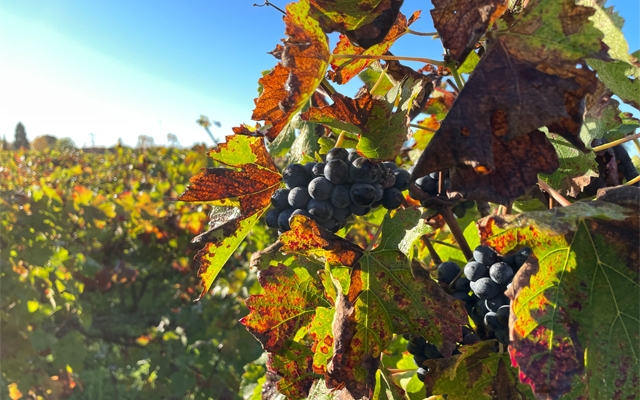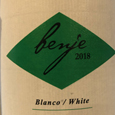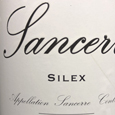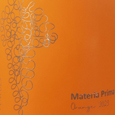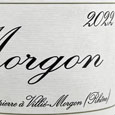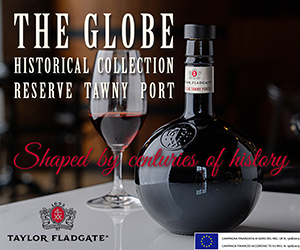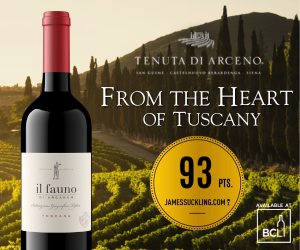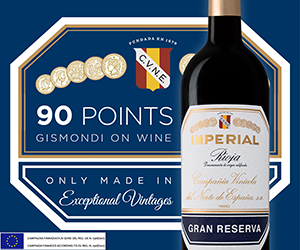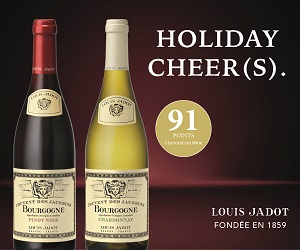There are numerous shades of green in the wine world nowadays, and consumers don’t have to sacrifice quality to taste them.
Green generally isn’t usually something you look for in a wine. For wine geeks, ‘green’ can note underripe fruit and lip-stinging acid. But the global movement towards all things earth friendly and planet preserving also extends to wine. In fact, from ground to grape to glass, some wine producers have gone back to their roots, literally, in creating a sustainable product. Think about it - winemaking has been around for thousands of years and is a very natural and organic process. In today’s mass market consumerism, modern winemaking is anything but. From the pesticides in the farming, to the gas to run the tractor, to the manufacture of the glass bottles, to the global shipping engine, the wine on your table costs more than dollars.
So how do you drink green, and well? Simple: think about wine like you think about food. It’s bonkers to buy organic vegetables and free range chicken and GMO free breads made from heirloom grains to serve it with an $15 bottle of chemically enhanced, additive heavy, commodity based, 20 million bottle/year production of manufactured plonk. You care about where your tomatoes and your salmon comes from? Good on you, responsible consumer. How about thinking about where your wine comes from too? I would love to see folks pay as much attention to what goes in your glass as what goes on your plate.
How to drink green (in a good way?) Here are some of our recently tasted picks at GOW.
Sustainable
This is not a regulated term and it differs from place to place. Generally sustainable winemaking (or lutte raisonée, as the French call it) signals a closer connection to the land, farming and winemaking practices. Often chemicals are reduced or eliminated in the vineyard and winery, water and machinery use is monitored closely and every effort is made to produce wine in a clean manner. Sustainable winery practices can extend beyond the product itself, to committing to a healthy workplace environment for employees and the community.
Organic
Organic farmers use no fungicides or pesticides in the vineyard, relying on natural fertilizers and biological pest control. Becoming certified organic is a lengthy and pricy process, and one that many smaller producers don’t have the time or money to do. Keeping that in mind, just because it doesn’t say ‘organic’ on the label, doesn’t mean it wasn’t farmed and produced organically. In addition, the definition of organic varies from country to country. In the United States, no sulfites may be added at all for an organic certified wine, making it very difficult for producers to obtain certification.
Biodynamic
This holistic philosophy of farming can include tending vines according to the astronomical calendar and using herbs, minerals, and manure for sprays and composts. Emphasis is placed on the integration of crops and livestock, recycling of nutrients, soil maintenance, and the health and well being of the animals, the farmer, the farm, and the earth. Though debunked by many as zany, in reality, the key principles behind biodynamic success is not mysticism at all. It’s the detailed and dedicated caretaking of the individual parts of the process that make up a complete whole. More time in the vineyard and caring for the health of the vines and soils leads to better wines. Easy maths.
Natural
A hot topic, the definition of natural wine is also debated. Generally it indicates wine made without any chemicals, and with minimum technological intervention in growing grapes and the winemaking process. It is looking back to historical winemaking, before these so-called advancements were invented. The term is used to differentiate from organic wine and biodynamic wine due to the differences in cellar practices; in most places, organic and biodynamic winemaking allows for sulfites and other additives to be added throughout the process (sugar, yeast, acid, etc.) Some natural wine producers and organizations also mandate dry farming, hand picking, and an absence fining or filtration. Sulfites are the key compound in the debate. The word refers to a range of sulfur compounds, in particular sulfur dioxide. SO2 is a natural byproduct of fermentation that works as a preservative against certain yeast and bacteria, and widely is used in winemaking and food industries because of its antioxidant and antibacterial properties. Sulfites can prevent oxidization and help maintain a wine's freshness. That said, the amount produced via fermentation is generally not enough to preserve a wine for more than a short amount of time in the bottle, so winemakers add more as a safety mechanism. For the natural wine movement, there is division in the ranks whether any added sulfites are acceptable or not.

 quicksearch
quicksearch

